5 Essential Factors Influencing the Aluminium Price Forecast for 2025
Table of Contents
- Key Global Economic Indicators Impacting Aluminium Prices
- Supply Chain Dynamics and Their Role in Aluminium Pricing
- Technological Advances in Aluminium Production and Recycling
- Geopolitical Tensions and Their Effects on Metal Markets
- The Influence of Environmental Regulations on Aluminium Costs
- Future Demand Trends in Key Industries Affecting Aluminium Prices
- FAQS
- Conclusion
- Related Posts
As industries all around the world keep changing and adjusting to the shifting global economy, the Aluminum Price Forecast for 2025 has really become a hot topic among manufacturers and investors alike. From what industry reports are saying, the demand for aluminum—especially in sectors like aviation, aerospace, and shipbuilding—is expected to see a pretty big boost. This growth is largely driven by more infrastructure projects and a growing focus on lightweight materials. Companies like Shanghai Miandi Metal Group Co., Ltd., which supplies a wide range of aluminum products from the 1000 to 8000 series, are in a good spot to meet this rising demand. Whether it’s aluminum plates, rods, or tubes, these materials are super important in various applications. So, it’s crucial to understand what factors could influence aluminum prices in the next few years if you want to optimize supply chains and stay profitable, especially in these growing sectors. In this blog, I’ll walk you through five key factors that could really shape the aluminum price outlook for 2025.
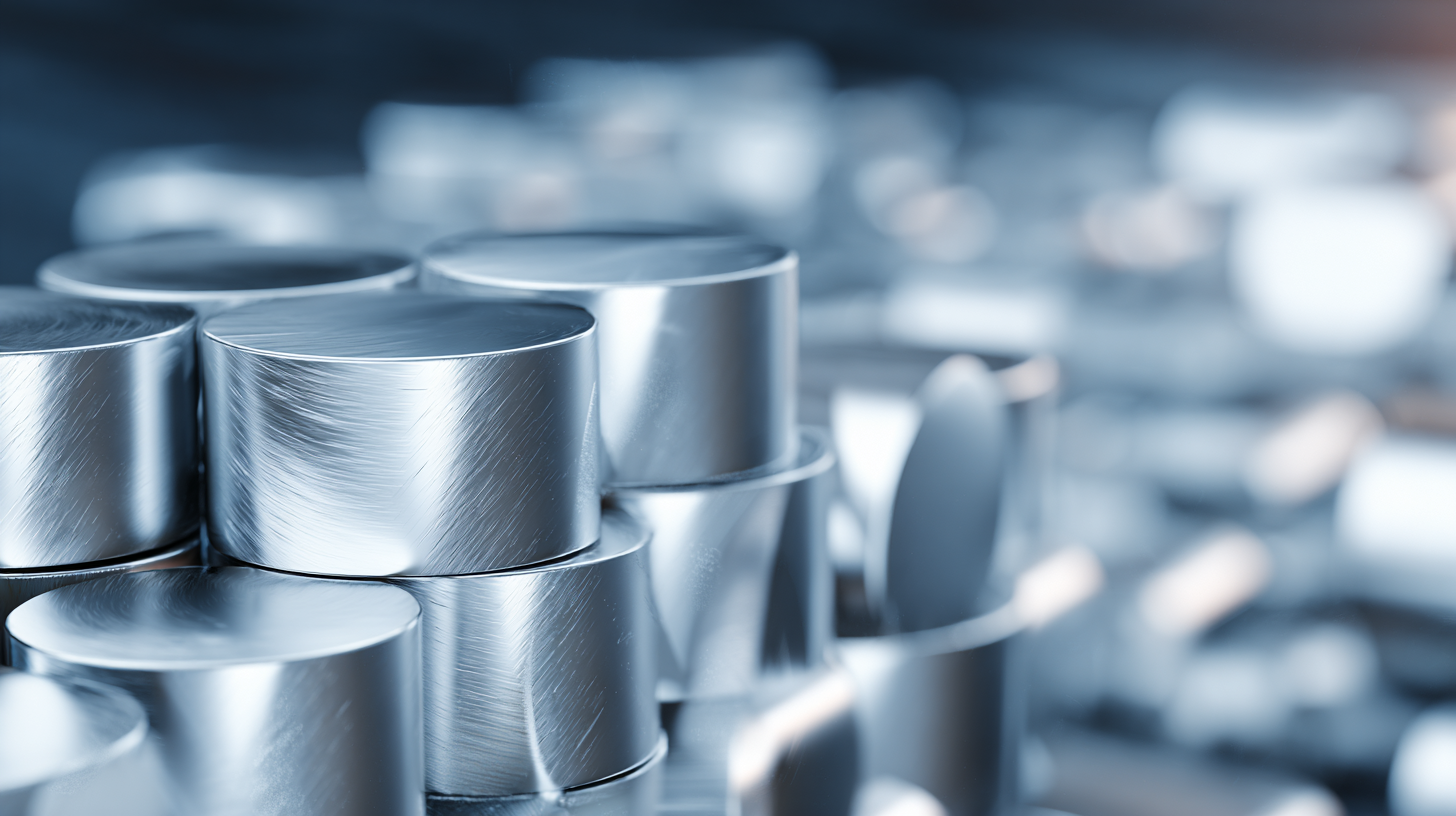
Key Global Economic Indicators Impacting Aluminium Prices
Aluminium prices are really influenced by a bunch of different global economic signals, so keeping an eye on these factors is pretty much essential if you want to make accurate predictions. One key indicator everyone seems to watch is the global manufacturing PMI (Purchasing Managers' Index). Historically, it’s shown a pretty strong link to how much aluminium people need. According to a report from the International Aluminium Institute, when the PMI is above 50, it usually means manufacturing is expanding—think auto industries and construction—they're demanding more aluminium. For 2025, the PMI is expected to hover around 54, which hints at a solid bounce-back in industrial activity. That could totally push aluminium prices higher.
Plus, don’t forget about the exchange rate, especially the strength of the US dollar compared to other currencies. Since aluminium is mostly traded in USD, any big swings in currency values can really shake up prices. The World Bank is actually predicting that the dollar might get stronger next year because of tighter monetary policies. That might mean higher aluminium prices too, since importing countries will have to pay more. And of course, geopolitical stuff – trade policies, tariffs, quotas – all of that adds extra layers of complexity when it comes to supply and demand, making the whole price picture even more unpredictable. So if you’re looking to stay on top of the aluminium market in 2025, keeping a close eye on these indicators is absolutely crucial.”
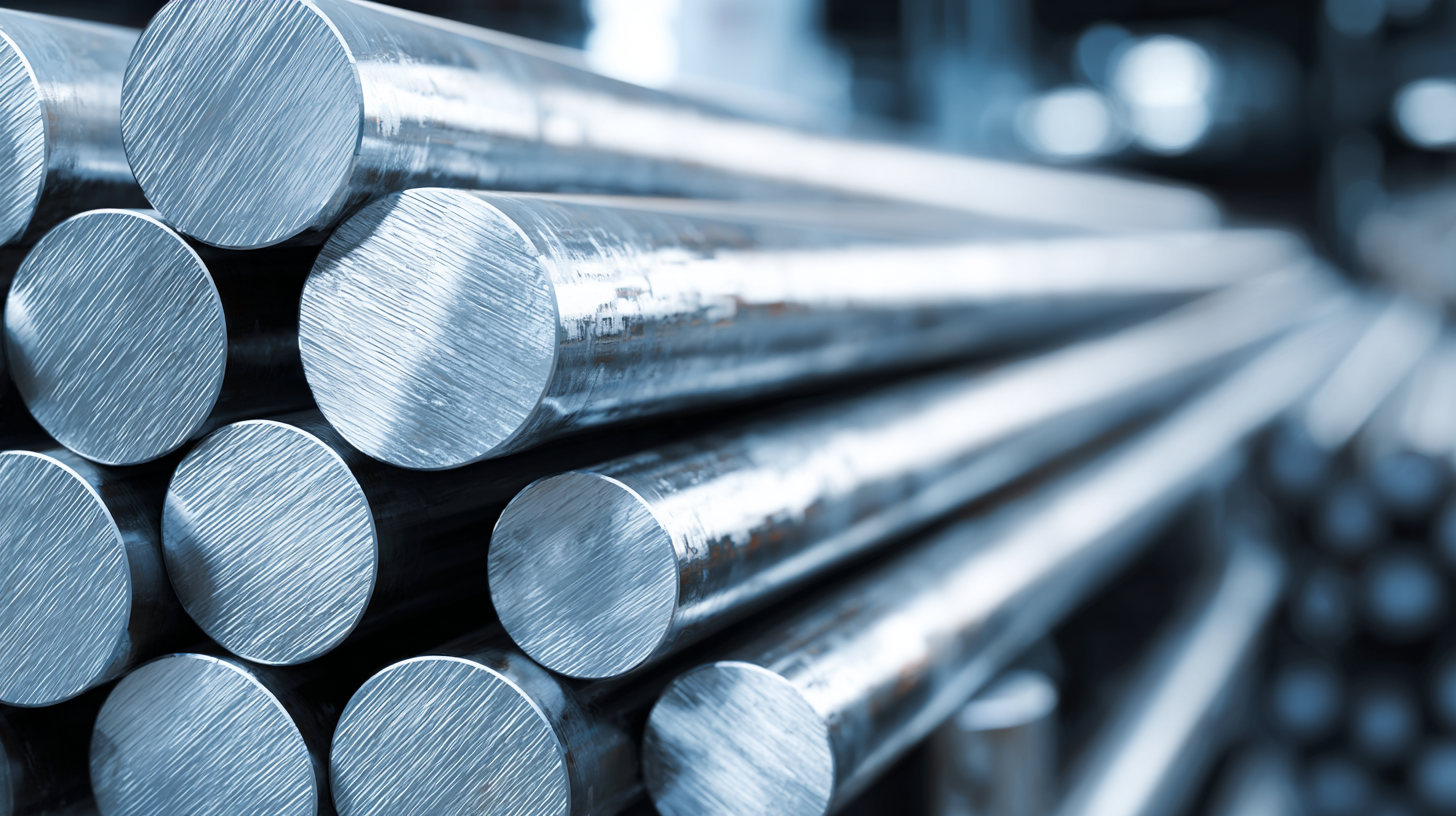
Supply Chain Dynamics and Their Role in Aluminium Pricing
The aluminum market is pretty heavily affected by supply chain issues, which will definitely play a big part in shaping the price outlook for 2025. Things like how easily raw materials are available, how smooth the logistics are, and even geopolitical tensions can throw a wrench in the production and distribution of aluminum. For companies like Shanghai Miandi Metal Group Co., Ltd., that handle everything from the 1000 series to the 8000 series of aluminum products, understanding these supply chain quirks is super important. Since aluminum is used in industries like aviation, aerospace, and shipbuilding, even small shifts in supply and demand can have a real impact on prices. So, it’s a game of staying alert and flexible.
On top of that, new tech and changing regulations are also shaking things up in the aluminum world. When manufacturing processes improve, costs can come down. But at the same time, stricter environmental rules could add to operating costs. As a distributor, Shanghai Miandi Metal Group needs to stay on top of all these changes to keep their supply steady. By smartly managing inventory and fine-tuning their supply chains, they can reduce risks and better handle these market shifts. All of that will influence how they set prices down the line, so staying adaptable is key.
5 Essential Factors Influencing the Aluminium Price Forecast for 2025
| Factor | Description | Impact on Price | Forecast Year |
|---|---|---|---|
| Global Production Levels | Changes in aluminium production across major global suppliers. | High | 2025 |
| Demand from Key Industries | Increases in the construction, automotive, and packaging sectors. | Moderate | 2025 |
| Energy Costs | Fluctuations in energy prices affecting production costs. | High | 2025 |
| Trade Policies | Tariffs and trade agreements impacting import/export dynamics. | Variable | 2025 |
| Technological Advancements | Innovations in recycling and production techniques. | Low | 2025 |
Technological Advances in Aluminium Production and Recycling
The aluminum industry is really on the verge of some big changes come 2025, mostly thanks to new tech in how we produce and recycle aluminum. You know, stuff like improved smelting methods and better recycling processes are expected to cut down costs and boost efficiency. That’s good news because it could help stabilize aluminum prices since relying less on raw materials makes the whole market a lot more resilient. Companies like Shanghai Miandi Metal Group Co., Ltd. can totally use these innovations to produce higher quality aluminum products — whether it's for planes, ships, or even other heavy-duty applications.
If you're thinking about what to do next, I’d say consider investing in aluminum parts made from recycled materials. It’s not just about saving some bucks — it also boosts your sustainability game, which is a big deal these days. Plus, keeping an eye on the latest tech trends in aluminum production can really give your business a leg up, helping you jump on new opportunities as they come.
And let’s not forget – with the boom in electric vehicle manufacturing, there’s been a huge push for lightweight aluminum parts. This demand is really driving innovation in the field. As companies work to meet this demand, they’re also focusing more on recycling — less waste, more reuse. So, staying updated on these trends is super important if you want your business to thrive in the ever-changing aluminum scene.

Geopolitical Tensions and Their Effects on Metal Markets
So, when it comes to aluminium and the wider metal markets, geopolitical tensions really can shake things up. You know how when countries get into trade disputes or’re on the brink of conflict, it creates a lot of uncertainty? That stuff can mess with supply chains, push up costs, and in the end, really impact prices. Take sanctions, for example – when major aluminium-producing nations get hit with restrictions, the global supply chain takes a hit, and prices tend to climb. Understanding these kinds of moves is super important for anyone involved in the aluminium world, whether you're pricing, investing, or just trying to get a feel for where things are headed.
Looking ahead to 2025, it’s definitely worth keeping a close eye on the political scene. Things like trade talks and international relations can cause prices to jump suddenly. Also, keeping tabs on regions rich in bauxite — like Australia and Guinea — can give you a heads-up on whether supply might stay steady or get disrupted.
A quick tip: stay updated on the latest news about geopolitical events that could impact aluminium markets. It’s smart to diversify your investments too, just in case political stuff causes sudden price swings in those key regions. And, if you can, chat with industry analysts who really know their stuff about commodities. Their insights can be gold when you're trying to make informed decisions based on what’s happening politically around the world.
5 Essential Factors Influencing the Aluminium Price Forecast for 2025
This chart illustrates the estimated influence of key factors affecting aluminium prices by 2025. The data highlights the potential impact of geopolitical tensions, global economic conditions, supply chain disruptions, energy prices, and trade policies on aluminium prices.
The Influence of Environmental Regulations on Aluminium Costs
The global aluminium market is really being shaped a lot by environmental rules these days. As governments and industries put more focus on sustainability, these regulations are just getting stricter. That means producing aluminium costs more and more because companies have to invest in cleaner, greener tech and processes just to stay compliant. Everyone’s talking about green aluminium now — not only because consumers are craving more eco-friendly products, but also because it’s starting to influence prices. By 2025, it’s expected that aluminium prices will really start to reflect these extra costs and the market’s overall push to fight climate change.
Looking ahead to the 2025 aluminium price forecast, it’s important to keep in mind how supply chain issues and the push for greener practices are going to play out. Things like shortages of alumina or geopolitical tensions have impacted prices in the past, but with more companies and governments focusing on cutting carbon emissions, the premium for eco-friendly aluminium is probably going to rise. This could create a bit of a split market where green aluminium fetches higher prices because it’s better for the environment. It’s definitely a mixed bag — both some hurdles and cool opportunities for producers and buyers alike.
Future Demand Trends in Key Industries Affecting Aluminium Prices
Looking ahead to 2025, getting a good handle on how demand is shaping up in key industries is pretty important if we want to get a sense of where aluminium prices might head. One industry to keep an eye on is automotive — it’s expected to have a pretty big impact. According to a report from Research and Markets, the worldwide market for aluminium used in cars could hit around 40 billion bucks by 2025. That’s mainly because of stricter emission rules and a big push toward lighter materials to get better fuel economy. As manufacturers try to meet these new standards, they'll probably need more aluminium, which could push prices up a bit.
And it’s not just cars — the construction world is also going to be a major player here. The Global Aluminium Market Report suggests that construction will grow about 5% every year. This growth is largely driven by urbanization and infrastructure projects, especially in developing countries. Aluminium’s advantages, like resisting rust and being easy to recycle, make it a top pick for building things like offices, homes, and city infrastructure. As these sectors keep expanding, the demand for aluminium is likely to spike, and that’ll have a pretty big influence on prices in the years to come.
FAQS
: Key economic indicators include the global manufacturing PMI (Purchasing Managers' Index) and the exchange rate of the US dollar against other currencies.
A PMI reading above 50 indicates expansion in manufacturing, which typically leads to increased demand for aluminium in sectors such as automotive and construction.
A PMI value around 54 is projected for 2025, suggesting a robust recovery in industrial activity that could drive aluminium prices upward.
Aluminium is mainly traded in USD, so a stronger dollar can increase costs for importing nations, potentially raising aluminium prices.
Geopolitical developments, tariffs, and quotas can significantly influence supply chain dynamics, affecting aluminium prices.
The availability of raw materials, logistical efficiency, and geopolitical tensions can disrupt aluminium production and distribution, directly influencing pricing.
They must understand supply chain intricacies and remain vigilant to fluctuations in supply and demand, which can impact pricing.
Innovations in manufacturing processes can lead to cost reductions, while stringent environmental regulations may impose additional production costs.
Companies can mitigate risks by strategically managing inventory and optimizing supply chains to adapt to evolving market conditions.
Monitoring these indicators helps stakeholders make informed decisions and navigate the complexities of the aluminium market effectively.
Conclusion
In our blog post titled "5 Essential Factors Influencing the Aluminium Price Forecast for 2025," we dive into the main global economic indicators that play a big role in shaping aluminium prices. It’s pretty clear that supply chain dynamics are deeply interconnected with these factors. You know, industries like aviation and shipbuilding rely on all sorts of aluminium products—think plates, tubes, you name it—so really understanding advances in production technology and recycling methods is key if you want to get a handle on where prices might head. Plus, let’s not forget how geopolitical tensions can throw a wrench in the markets, often leading to sudden price swings.
On top of that, environmental regulations are having a big say in costs. They influence how aluminium is produced and buyer demand, especially in major industries. Looking ahead to 2025, it’s clear that the future of aluminium prices will be shaped by all these different factors working together. Companies like Shanghai Miandi Metal Group Co., Ltd. will need to stay adaptable and proactive if they want to keep up in such a fast-changing market.
Related Posts
-
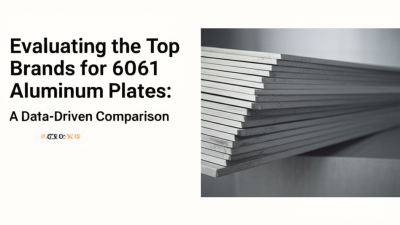
Evaluating the Top Brands for 6061 Aluminum Plates: A Data-Driven Comparison
-
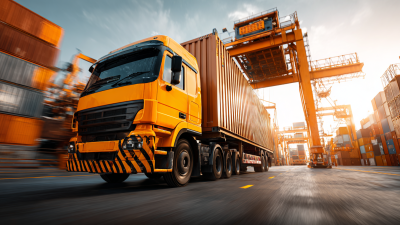
T6526 Ultimate Guide to Transforming Your Supply Chain Efficiency
-

Global Manufacturing Excellence of Best 5052 Aluminum Alloy Showcasing Chinese Pride in Worldwide Exports
-
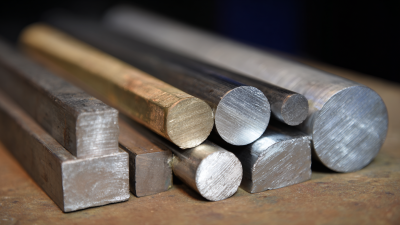
Understanding the Differences in 2024 Aluminum Alloy Bars Versus Other Alloys
-
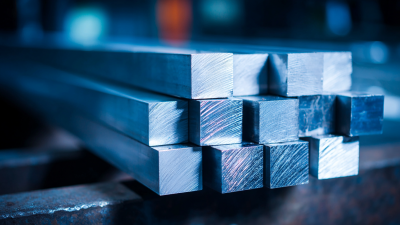
Ultimate Guide to Sourcing Customized 6082 T6 Aluminum Bars for Global Buyers
-

Navigating Import and Export Certifications for Best 6061 Aluminum Alloy Products in Global Markets
Blog Tags:

